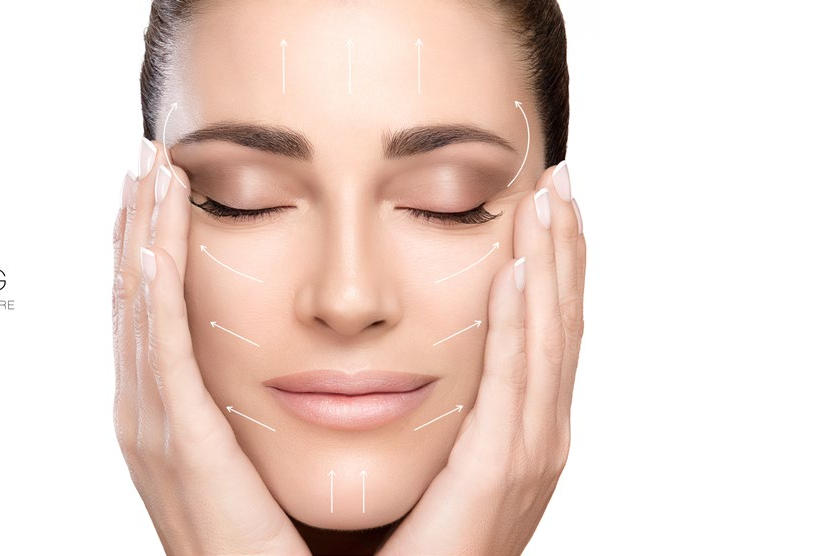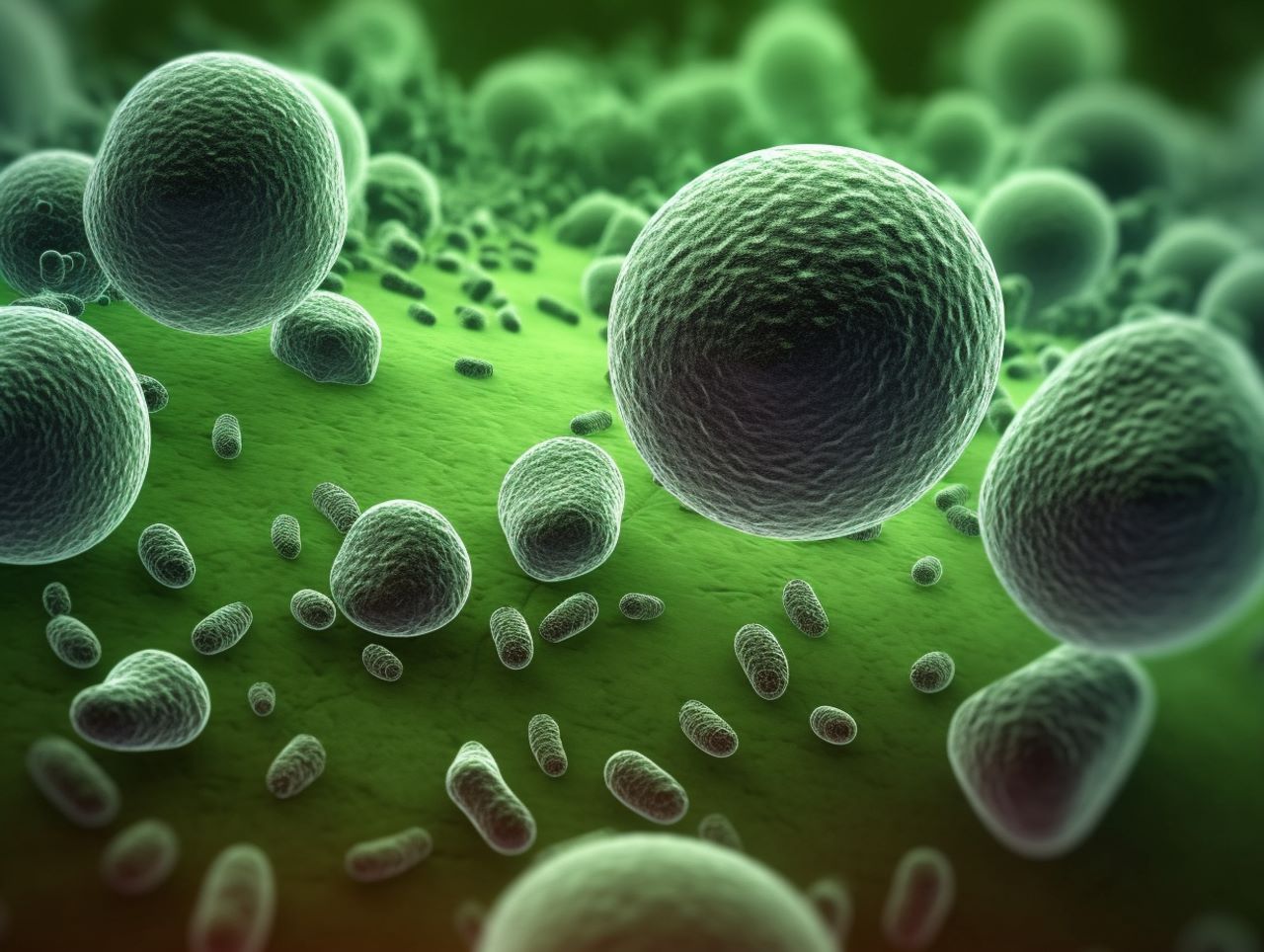THE LAB
Cosmetology is self-care, internally and externally.

Its tools are creams and other products, and the active ingredients in them, that empower the skin’s natural defense mechanism to work at its maximum capacity.
Our skin is naturally equipped to defend itself from pathogens, air pollution, sun exposure, and other harmful agents. My way is not about reinventing the well-oiled machine that is our body, and not teaching it how to do its own job. My way is to empower the skin and support its natural capabilities.
To empower and strengthen our skin, our skin cells need the correct nutrients, the nutrients must reach the correct destination, and ensure the cells receive the message and can complete the requested function. If we can do this correctly and give our bodies the support they need, the skin can do its own thing.
GLOSSARY
MICROBIOME

A collection of microorganisms that live on, and constitute another layer (sixth) of the skin. The microbiome has a symbiotic relationship with our skin. A physiological, quantitative, and qualitative balance of these microorganisms is a pillar to maintaining healthy skin.
Our bodies are host to a wide range of microorganisms.Though bacteria are the most common among them, our skin is home to a large variety of fungi, viruses, and other microbes that work together to play a key role in the daily functioning of our bodies. This environment where the microbes act and interact is called the microbiome and is as unique to each person as their own DNA. Our personal microbiomes are the result of nature and nurture - a truly unique combination of microorganisms conferred during birth and others gained through the environment or diet. Maintaining a healthy balance of your body's specific microbiome is key to ensuring the smooth functioning of your body.
MICROFLORA

A community of bacteria that exist on or inside the body and have a unique relationship with the host body. This relationship involves many kinds of microorganisms and a variety of interactions between microbes
PHOTOAGING

Refers to characteristic changes to skin caused
by chronic UVA and UVB exposure.
FIBROBLAST



